If you've ever worn a face mask that felt suffocating, you're not alone. For years, the assumption has been simple: the better a mask filters, the harder it is to breathe. But thanks to material innovation and advances in filtration technology, that trade-off is no longer necessary. You can now have a breathable yet protective mask—without sacrificing comfort or safety.
This article explains how modern filters, like those made from ultra-fine Merino wool, use electrostatic filtration to achieve the perfect balance of airflow and defense.
The Traditional Trade-Off: Dense = Protective, But Uncomfortable
Historically, high-filtration masks have relied on tightly woven synthetic fibres like polypropylene to physically block airborne particles. These filters are effective, but they also restrict airflow—making them hot, stuffy, and difficult to wear for extended periods.
That’s why so many people struggle to find a comfortable mask for daily use—especially those with asthma, sensitive lungs, or long work hours.
Electrostatic Filtration: The Game-Changer
Enter electrostatic filtration—a scientific breakthrough that changes everything.
Instead of relying on dense material to physically trap particles, electrostatic filters use charged fibres to attract and capture microscopic pollutants like PM2.5, bacteria, viruses, and allergens. It’s the same principle as rubbing a balloon on your jumper—static charge can pull in dust or small fibres without needing to block them with a wall.
This technology is especially powerful when paired with natural fibres like ultra-fine Merino wool, which can be processed into a breathable, electrostatically charged mesh. The result? A high-filtration mask with comfort that doesn’t compromise.
Why Wool-Based Filters Are Different
Unlike synthetic filters, wool-based filters have a three-dimensional open fibre structure, meaning air can pass through easily while charged fibres capture contaminants. Wool is also naturally moisture-wicking and temperature-regulating, which helps prevent heat buildup—a common complaint with traditional masks.
This combination of breathability and protection makes wool filters ideal for:
- Travel
- Commuting
- Office environments
- People with respiratory sensitivity
- Anyone who wears a mask for long periods
The Right Fit Matters Too
Even the best filter won’t work if the mask doesn’t fit. A breathable face mask for adults should include:
- An adjustable nose bridge for a secure seal
- Comfortable straps that avoid ear fatigue
- Multiple sizes to suit different face shapes
- Soft inner layers for all-day wear
A well-designed mask ensures that air flows through the filter—not around it—maintaining both protection and comfort.
Final Thoughts
Breathability and protection are no longer opposites. With the right materials and design, you can wear a breathable yet protective mask that actually feels good. Electrostatic filtration—especially from natural fibres like Merino wool—proves that high performance doesn’t have to mean high discomfort.
So no, you don’t have to choose anymore. You just have to choose wisely.

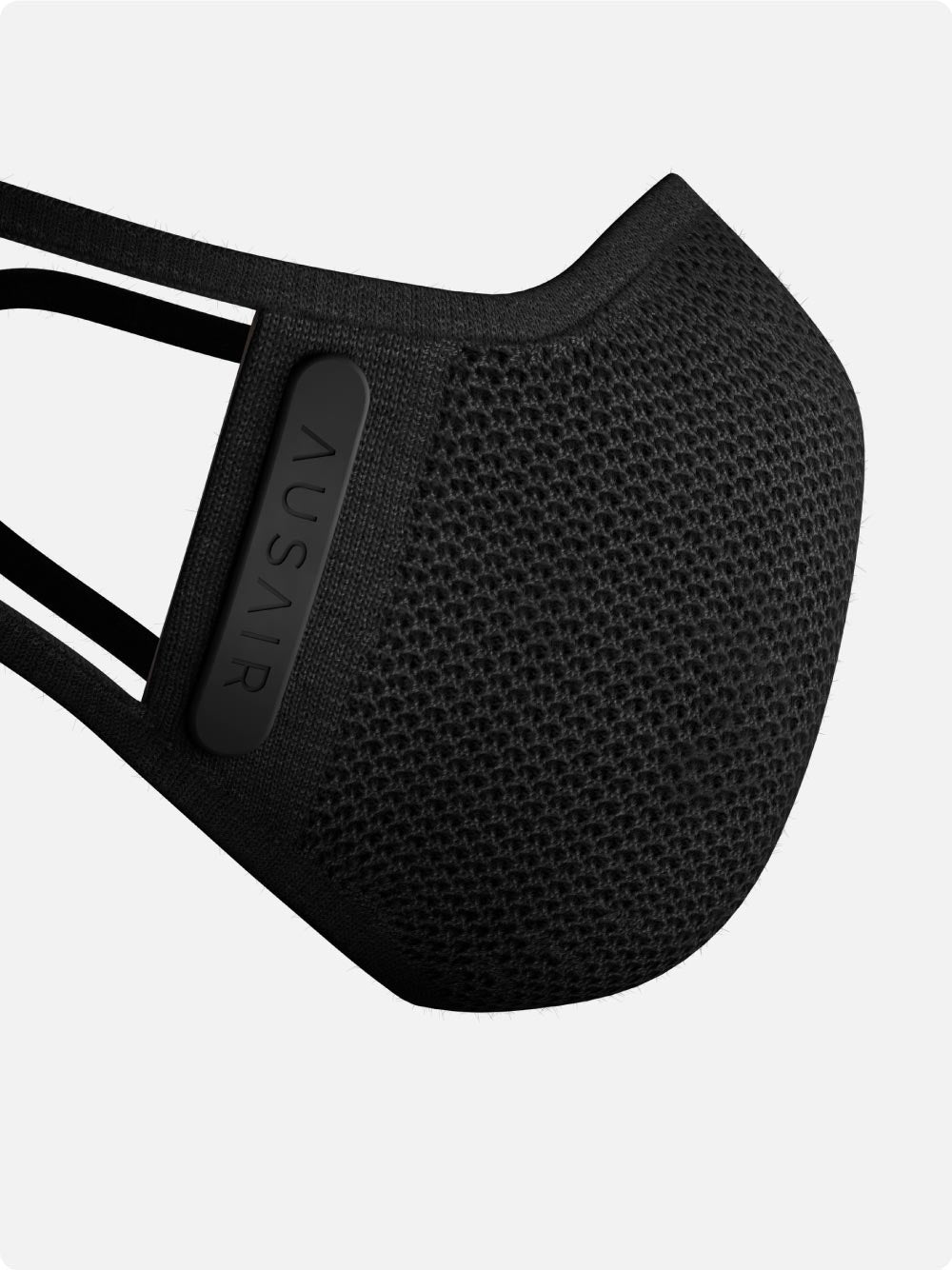
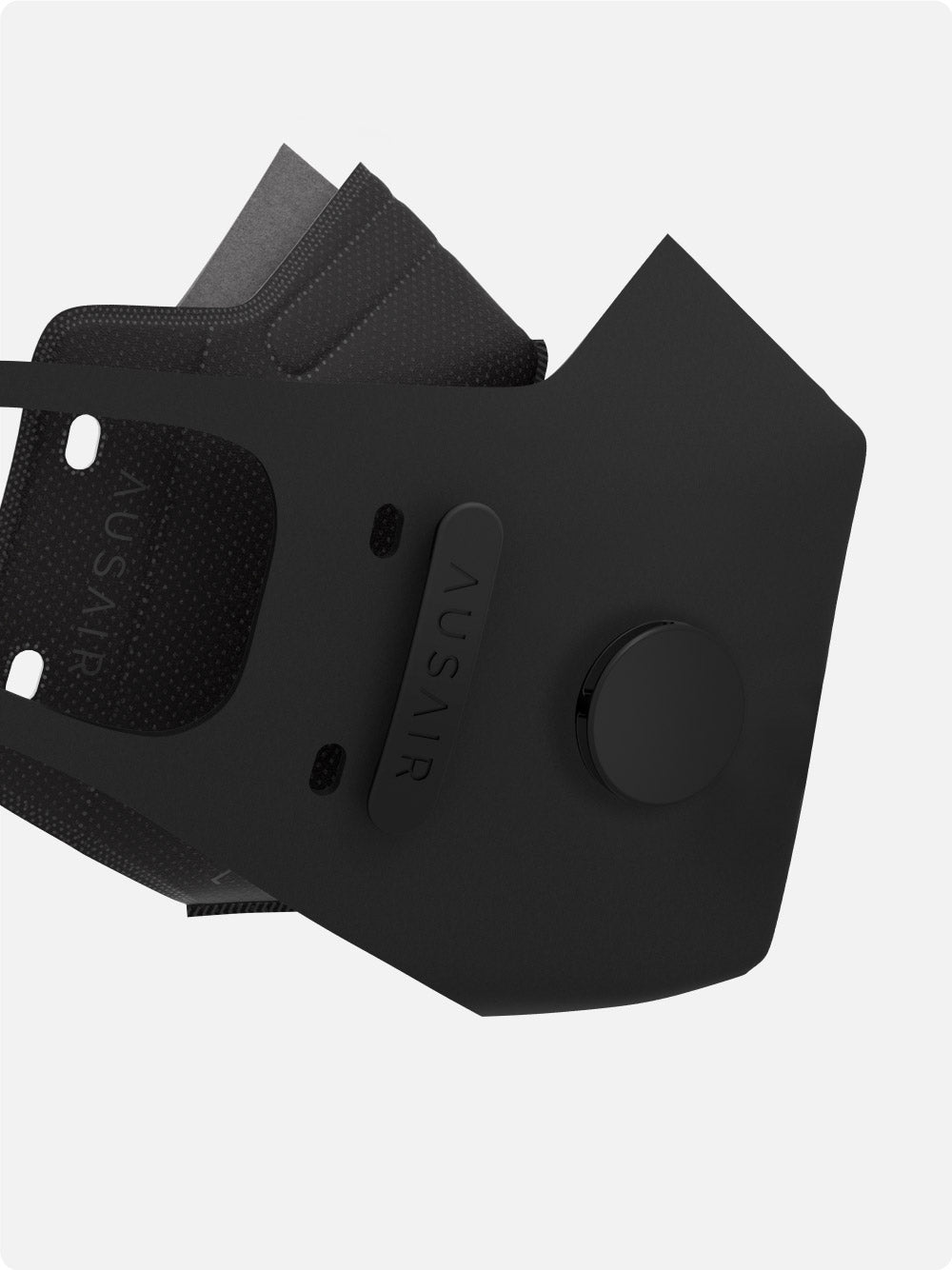
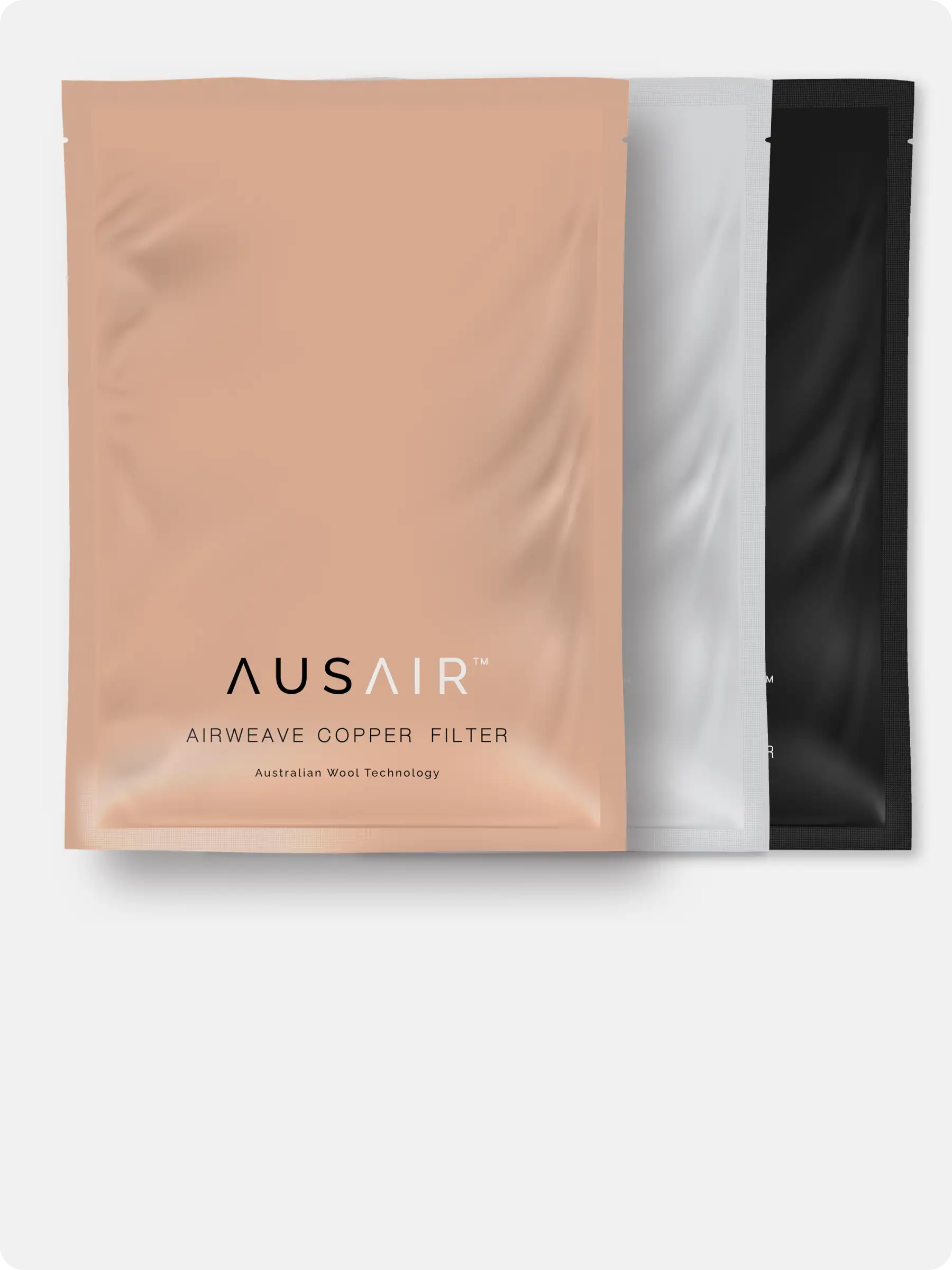

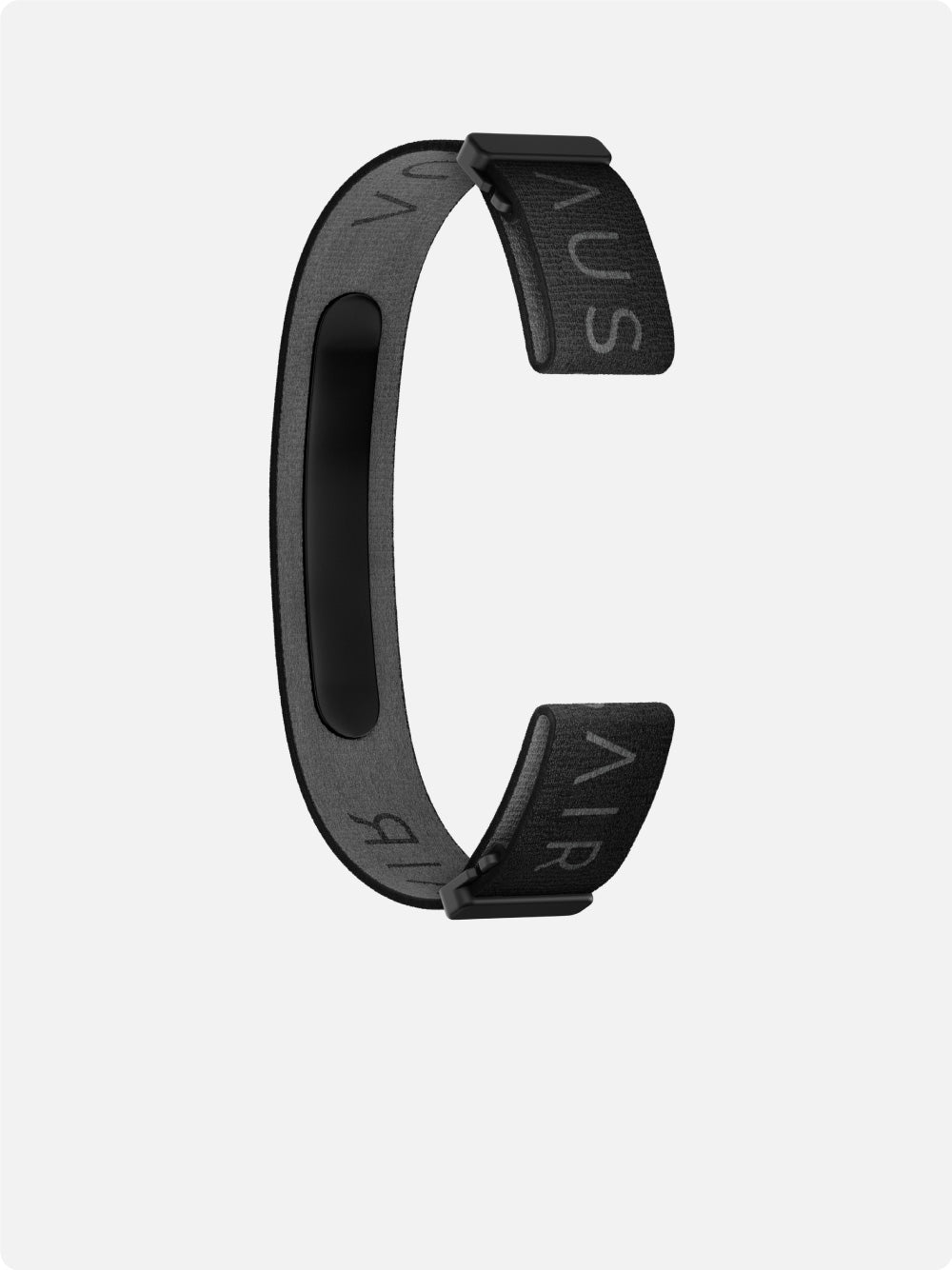

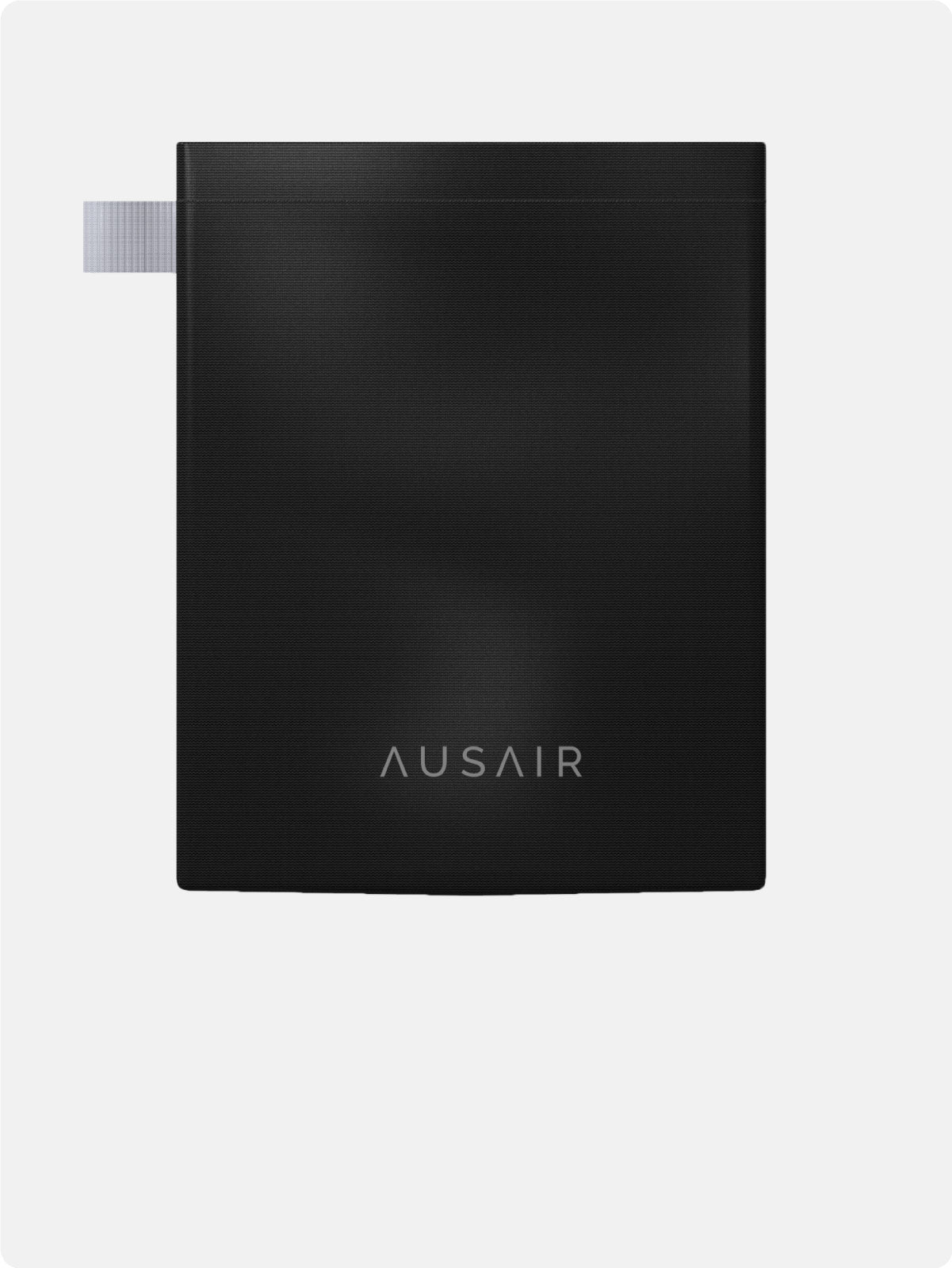



コメントを残す
すべてのコメントは公開前に承認されます。
このサイトはhCaptchaによって保護されており、hCaptchaプライバシーポリシーおよび利用規約が適用されます。